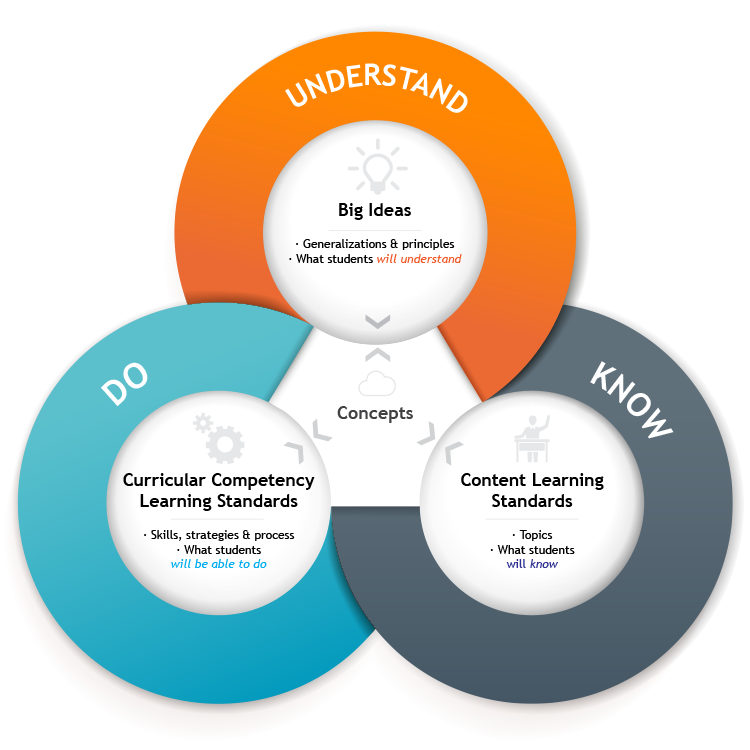
Disruptive innovation is a term coined by Clayton Christensen to describe how a new product/service can take root at the bottom of market where needs are not met, then grow and displace established competitors (Christensen, 2023).
In his research, Professor Thales Teixeira has shown that despite common beliefs, it is not technology that is driving disruption in most cases, but the ability of start-ups to look at an established customer value-chain (a sequence of activities done to acquire a product or service), pick one part, and disrupt it by doing it differently and better than the incumbents (Knowledge at Wharton, 2019). This has interesting implications for the education sector as disruptive innovation and change can come from doing things differently, not necessarily driven by (sometimes costly) technology.
Disruptive innovations in education can come in many different forms. They can be a small change in teaching strategies, systematic efforts for change, or a student idea that was encouraged by a teacher.
washington, 2019
Disruptive change in education is driven by the need for new skills and competences for 21st century living, where developments in information technology and big data have accelerated the pace of change in most western societies.
Dr Laura Jana’s TEDX talk is a helpful reminder of all the skills that children need to develop, often before the age of 5, in additional to the traditional skills education focused on (reading, writing, maths). These QI skills (Jana, n.d.) are equipping children for life and the absence of these, particularly the ‘Me’ and ‘We’ skills that make up emotional intelligence, can cause behaviour issues in the classroom that detract from learning. The ‘Why’ and ‘What If’ skills are so important in forming young people who are willing and able to contribute, through innovation and creativity, to developing a better society and way of living for the future (it might not be too far-fetched to say ‘save our planet’ at this point in the global climate emergency). The ‘Will’, ‘Wiggle’, and ‘Wobble’ skills are equally important for children to develop with good mental and physical health and skills to help them adapt to a changing world.
Some examples of disruptive technology in education presented by Prof Rob Wielgoz in class:
- Redefinition of traditional learning models (Khan Academy, Moodle)
- Accessibility and democratization of education (Coursera, G-suite/Chromebooks)
- Personalized and adaptive learning experiences (Duolingo, Mathletics) – will help with learning key concepts, without teachers.. limited but useful
- Disruption of traditional educational institutions (Lambda school)
- Continuous learning and upskilling (LinkedIn Learning, Microcredentials) – collect minor certifications to help you shift what you’re doing in small segments.
Some examples of disruptive innovation in higher education include (Langran, 2022):
- place-based learning (the classroom is not always the best place to learn)
- rethinking assessment (moving away from written tests)
- authentic learning (for life, not just for a degree certificate)
- encouraging long-term innovation (by administrators and educators).
There are advantages and disadvantages to technology driving disruptive innovation in education. On the one hand, technology can enable personalized learning for a deeper understanding of concepts, new avenues for accessing education, and ensuring students are equipped with skills to meet the demands of our digital age (although we struggle to keep pace with the changing demands for digital skills). On the other hand, technology in education exposes students to prolonged screentime and reduced face-to-face interaction (SMOWL, 2023a).
SMOWL Tech (2023b) is an interesting example of how technology can support online learning, which has disrupted both place of learning and traditional assessment methods. SMOWL Proctoring is a software designed for remote supervision of online exams. The products on offer range from a basic browser lockdown and computer monitoring, to monitoring by webcam or audio, user enrolment with student ID and photography, as well as data and analytics reporting.

For the redesigned K-12 BC curriculum, ‘curricular competencies’ is an area where educators can explore how new methods and technologies can enable students to engage and interact with the content, to apply their knowledge and develop skills for the future.
Useful link for further study on the changes in the BC curriculum: https://www.openschool.bc.ca/theorytopractice/index.html
References
Christensen, C. (2023). Disruptive innovation. https://claytonchristensen.com/key-concepts/
Jana, L. (n.d.). QI skills. Jana Ventures Inc. http://www.drlaurajana.com/qi-skills/
Knowledge at Wharton. (2019, March 28). What’s really driving disruption (it’s not technology). Knowledge at Wharton. https://knowledge.wharton.upenn.edu/podcast/knowledge-at-wharton-podcast/what-drives-disruption/
Langran, E. (2022, January 5). Disruptive innovation in the classroom: making higher education more accessible to a large population. Times Higher Education. https://www.timeshighereducation.com/campus/disruptive-innovation-classroom-making-higher-education-more-accessible-large-population
SMOWL TECH. (2023a). Disruptive education. SMOWL Tech. https://smowl.net/en/blog/disruptive-education/
SMOWL TECH. (2023b). Proctoring software. SMOWL Tech. https://smowl.net/en/proctoring-products/
Washington, B. (2019, November 22). Disruptive innovation in education. TeachHub. https://www.teachhub.com/classroom-management/2019/11/disruptive-innovation-in-education/
